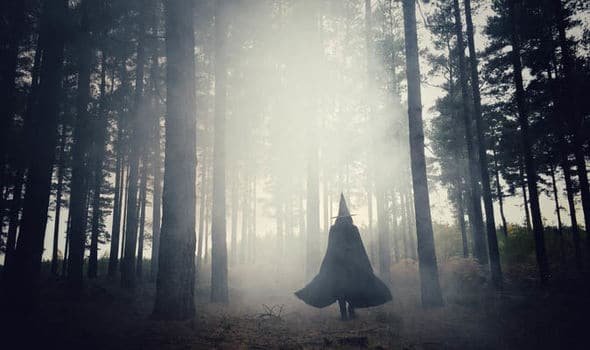Witches are among the most interesting beings that have ever existed. They’re not just common in literature, but they’ve also existed in real life for ages. However, if you think about it, you know everything there is to know about witches thanks to movies like Harry Potter and Hocus Pocus.
These are the most fascinating facts about witches that will keep you enthralled, from the frightening roots of their pointed hats to the country that has Easter witches.
Table of Contents
1. Not all witches are evil
It may appear clear because many of us are familiar with witchcraft thanks to films such as The Wizard of Oz, Harry Potter, and others. Witchcraft, on the other hand, has an extremely bad connotation in real life, to the point where witches have been sentenced to death in order to purify society.
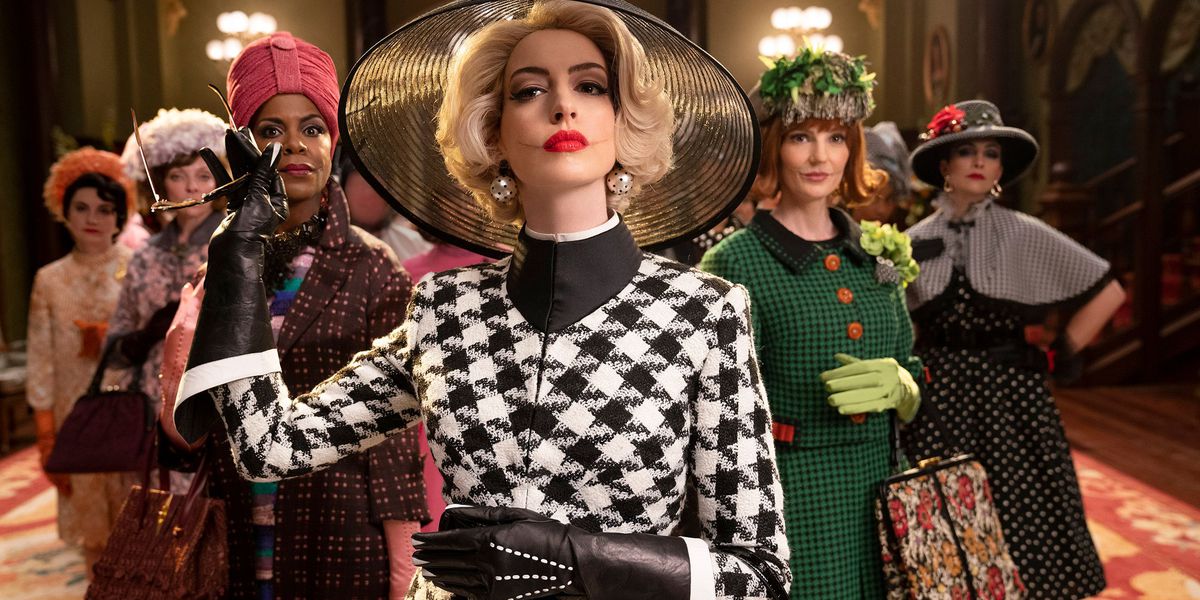
However, there have been white magic practitioners throughout history. Black magic is not identical to witchcraft. It’s a catch-all phrase that encompasses both white and black magic.
2. One of the earliest records of a witch is in the Bible
You might not think of witches when you think of the Bible, yet the book of 1 Samuel has one of the first records of a witch. The entry was most likely written between 931 and 721 B.C.
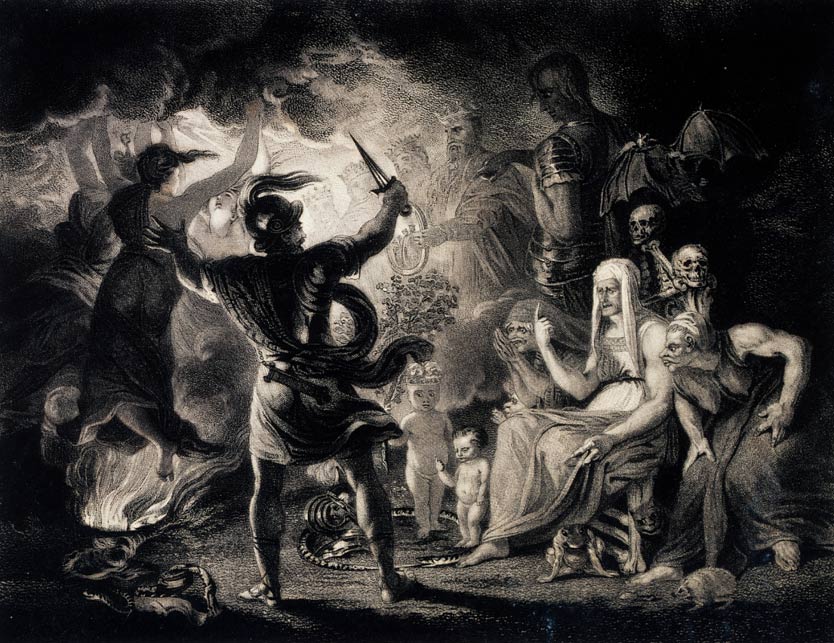
It so happened, according to the History Channel, that ” King Saul’s quest for the Witch of Endor helped in summoning the ghost of the deceased prophet Samuel to aid him in defeating the Philistine army.
Samuel was awoken by the witch, and he foresaw Saul’s and his sons’ deaths. Saul’s sons fell in combat the next day, according to the Bible, and Saul committed suicide.”
3. Sweden has Easter witches
Witches are associated with Halloween in the United States. Easter witches do exist in Sweden, however. Time magazine reports that “Little girls dress up in rags and old clothes, too-big skirts and shawls, and go door to door searching for treats with a copper kettle.

The custom is thought to have originated in the notion that witches would fly to a German mountain… before Easter to frolic with Satan. Swedes would ignite fires to scare them away on their way back, a tradition that continues today with bonfires and fireworks all around the country.
4. Up to 80,000 suspected witches were put to death in Europe
Between the years 1500 and 1660, a witch-hunt erupted throughout Europe, resulting in the execution of an untold number of innocent individuals.

During those years, an estimated 80,000 accused witches died, either as a result of being tested and tried or as a result of being punished and executed. Germany was the country with the most witches killed, while Ireland had the fewest.
5. There are plenty of witches practicing in the U.S. today
Witches have not only existed for thousands of years, but they are active even now. According to Newsweek’s study of numerous research, there were around 1.5 million practicing witches in the United States in 2018, significantly outnumbering the 1.4 million mainline Presbyterian church members.
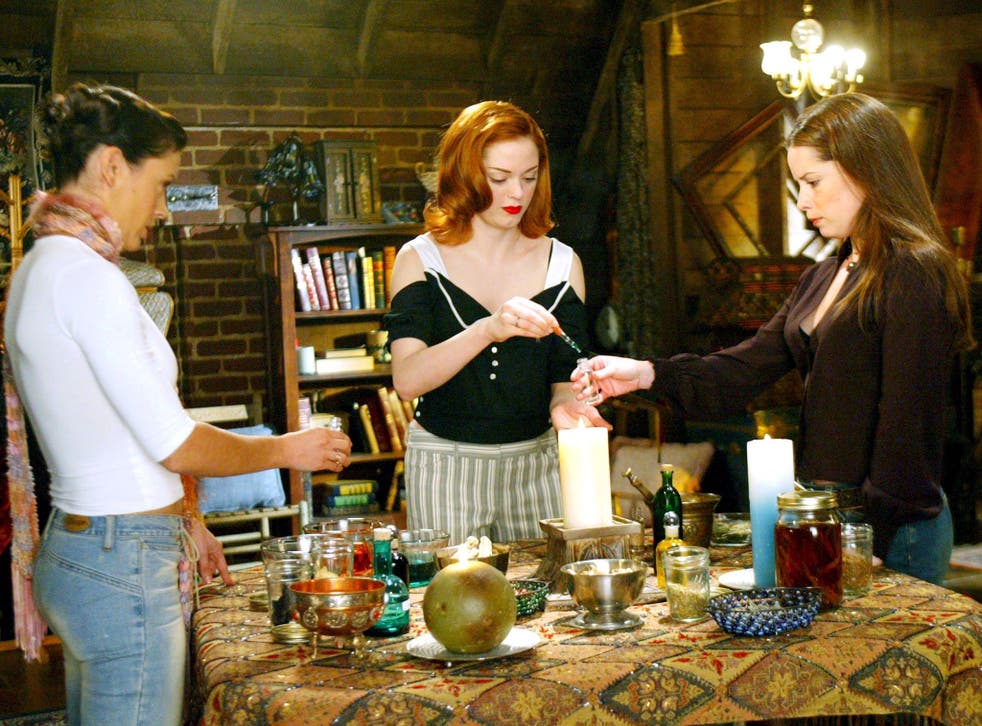
Furthermore, the number of practicing witches is increasing; in 1990, there were only 8,000 practicing witches.
6. Modern witches celebrate eight holidays per year
Modern witches who follow the Wiccan tradition, like most other kinds of spirituality, observe annual holidays. Individual festivals are designed to commemorate the Earth’s voyage around the sun and are represented by the Wheel of the Year.
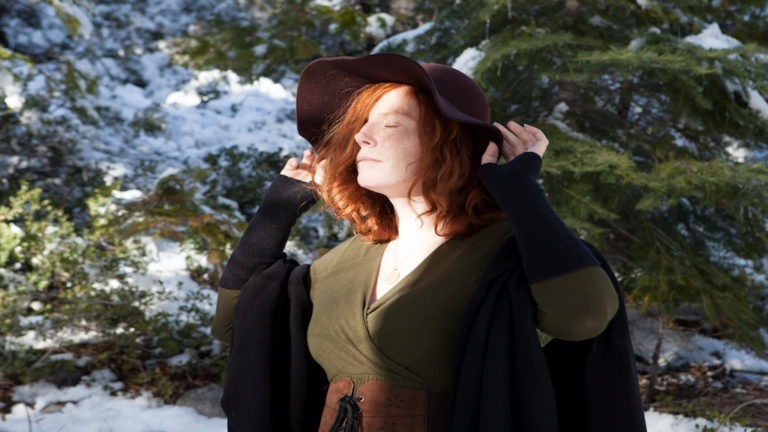
Yule (which occurs on the winter solstice), Imbolc (which occurs on February 1 or 2), Ostara (which commemorates the end of winter), Beltane (which occurs on May 1), Litha (which commemorates the summer solstice), Lammas or Lughnasadh (which commemorates the hope for a bountiful harvest), Mabon (which commemorates a time of giving thanks), and Samhain (which commemorates the (which takes place on October 31).
7. Halloween is a witch’s New Year
Halloween is on October 31, but it’s also Samhain (pronounced sow-in), a Wiccan witch’s New Year, and their most important event.
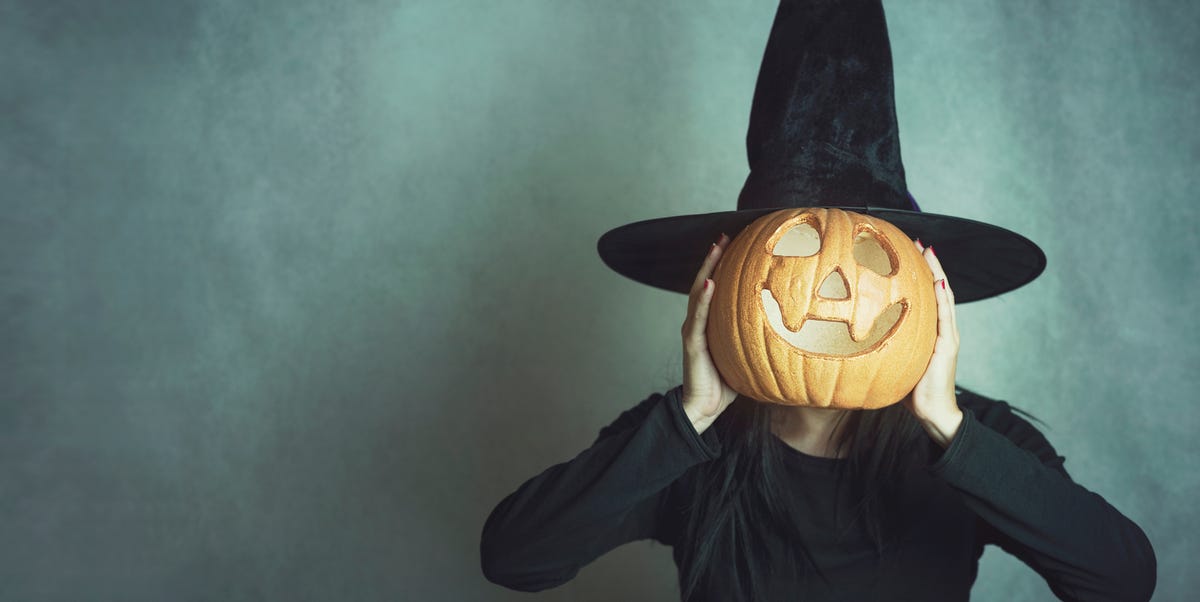
Wicca Living claims that “This [holiday] signals the end of the blooming season and the start of the winter season, which must be prepared for immediately… Many people believe that the word ‘Samhain’ comes from the old Irish word and means ‘summer’s end’.”
8. Some witches fly solo and others belong to covens
A coven is a gathering of modern witches who come together with a small group of fellow practitioners.
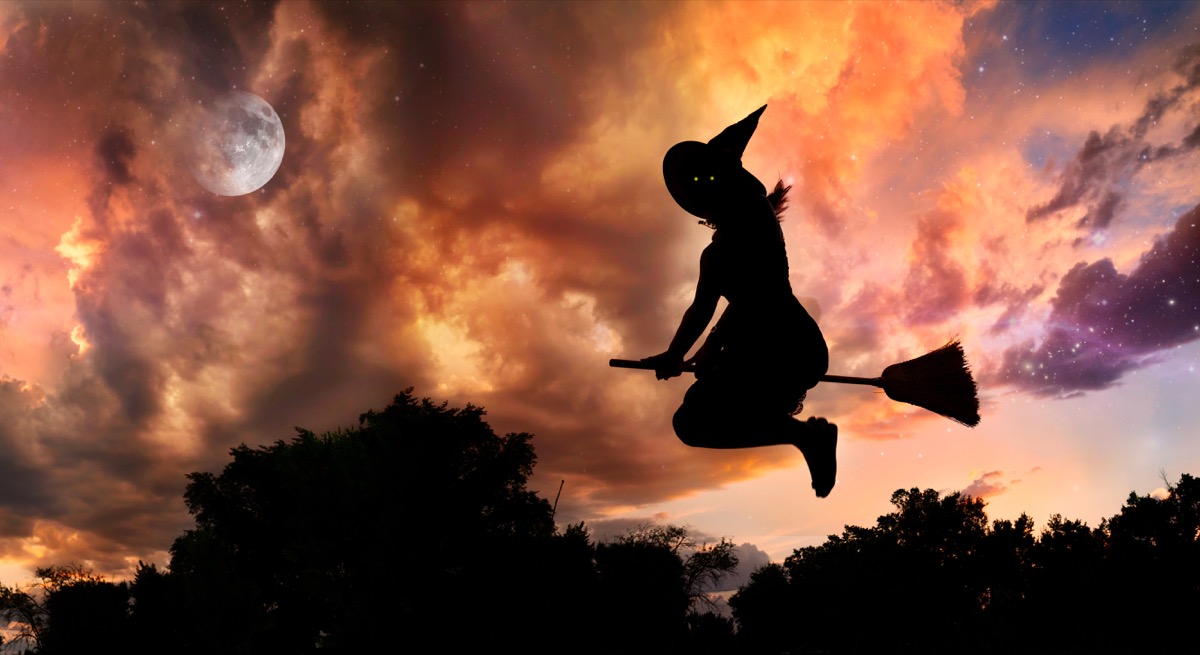
While some witches prefer to work alone and are referred to as solitary witches, individuals who want to practice in a group can find a suitable coven to meet their preferences.
9. Puritan Christians believed that witches could turn into black cats
Black cats are one of the most popular things associated with witches, along with magic and broomsticks. This connection, it turns out, stems from a 15th-century Puritan Christian belief that witches could transform into black cats at any time to avoid death.
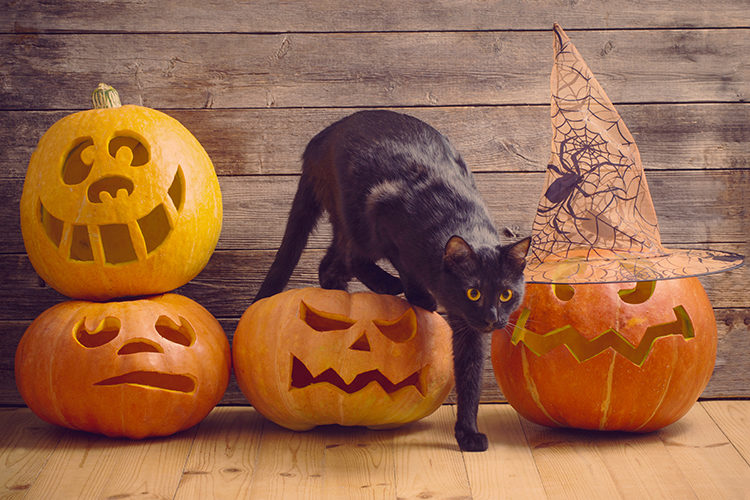
“A German witch is claimed to have cackled at the judge, spat threats at the priest, and cursed her executioner while being sentenced to death,” according to SF Gate, “She was hauled from the court and bound to a stake for burning, according to legend.
A flash of light appeared as the flames surged around her, and a black cat leaped from the flames and dashed through the stunned audience.”
10. A witch’s spellbook is called a Book of Shadows
Many modern witches have a repertoire of rituals or recipes that they employ in their rituals and festivals. A Book of Shadows is a collection of shadows that has been gathered in one place. Wicca Living claims that “A Book of Shadows” is similar to a journal, but it has a spiritual and magical bent to it.

It may contain spells, names, and dates of Sabbats and Esbats [Wicca holidays], incantations and other ritual language, lists of magical correspondences for colors, gemstones, and plants, and a variety of other magical tidbits.”
Also Read: Popular Indie-Pop Songs From The 90’s You Forgot You Liked When You Were A Teenager

